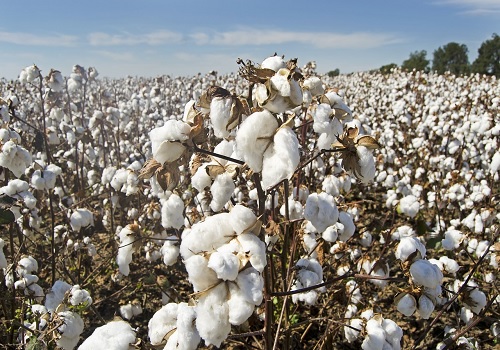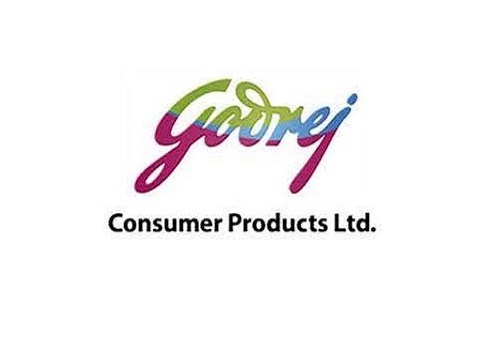U.S. and Global Cotton Projections: Higher Stocks and Stable Trade by Amit Gupta, Kedia Advisory

The 2024/25 U.S. cotton projections show increased beginning and ending stocks, with stable production, domestic use, and exports. The average farm price drops to 70 cents per pound due to declining futures. Globally, both beginning stocks and production rise, leading to higher ending stocks despite unchanged world trade.
U.S. Cotton Projections for 2024/25
Higher Beginning and Ending Stocks: The U.S. cotton projections for the 2024/25 season indicate higher beginning and ending stocks compared to last month's forecast. This adjustment reflects an increase in the carryover inventory from the previous season.
Unchanged Production, Domestic Use, and Exports: There are no changes to the projected production, domestic use, and export levels for the 2024/25 season, suggesting stability in these areas.
Average Farm Price Decline: The season average upland farm price is projected to be 70 cents per pound, a 4-cent decrease from the May forecast. This reduction follows a decline in new-crop cotton futures, impacting the anticipated market price.
Higher Ending Stocks: Ending stocks are projected to be 4.1 million bales, an increase of 400,000 bales, representing 28 percent of total use. This indicates a higher surplus of cotton at the end of the season.
Revisions to the 2023/24 U.S. Cotton Balance Sheet
Export Reduction: There is a significant reduction in the export projection by 500,000 bales, bringing the total to 11.8 million bales. This adjustment is due to a slowing pace in export shipments.
Increase in Domestic Use: Domestic use is revised upward by 50,000 bales, reflecting an increase in the domestic consumption of cotton.
Higher Ending Stocks: Ending stocks for the 2023/24 season are revised upward by 450,000 bales, indicating a higher carryover into the next season.
Global Cotton Projections for 2024/25
Increased Beginning Stocks, Production, and Consumption: The global cotton balance sheet for 2024/25 shows increases in beginning stocks, production, and consumption. These adjustments indicate a higher availability and usage of cotton globally.
Unchanged World Trade: Despite changes in production and consumption, world trade projections remain unchanged, suggesting stability in the global cotton trade dynamics.
Higher Ending Stocks: World ending stocks are projected to be 83.5 million bales, an increase of 480,000 bales from the May forecast. This indicates a larger global surplus at the end of the season.
Production Increase in Burma: The forecast for global production is raised by 90,000 bales, primarily due to higher area and yield projections in Burma.
Revisions to the 2023/24 Global Balance Sheet
Higher Beginning Stocks and Production: The global balance sheet for 2023/24 is revised to reflect higher beginning stocks and production levels, indicating more available cotton entering the new season.
Reduced Trade and Consumption: There are reductions in both trade and consumption projections, suggesting a slower pace in the global cotton market activity.
Increased Ending Stocks: The ending stocks for the 2023/24 season are raised by approximately 500,000 bales, indicating a higher surplus carried over into the 2024/25 season.
Conclusion
The U.S. cotton market sees higher stocks, reflecting slower export growth and stable domestic use, leading to a price decline. Globally, increased production and consumption, particularly in Burma, raise ending stocks. Despite stable trade, higher surplus at season's end suggests ample supply, potentially influencing future market dynamics and pricing strategies.
Above views are of the author and not of the website kindly read disclaimer






















